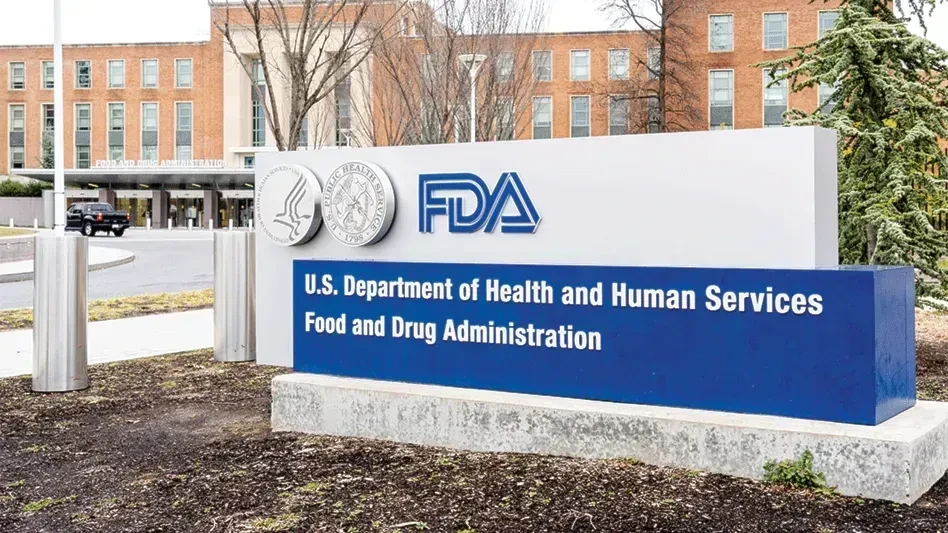 National Institutes of HealthAs a result of E. coli and Salmonella contamination outbreaks over the last few years, intensified efforts have been taken to reassess industry practices for controlling these pathogens in plant environments.
National Institutes of HealthAs a result of E. coli and Salmonella contamination outbreaks over the last few years, intensified efforts have been taken to reassess industry practices for controlling these pathogens in plant environments.
It is particularly critical that steps be taken for products which are exposed to the processing environment following a final lethality step, products that are not subjected to an inactivation step, or products in which pathogen-sensitive ingredients are added after an inactivation step.
Although not intended to be all-encompassing or to replace basic GMPs and the development of a product- and process-specific HACCP plan, the Grocery Manufacturers Association issued a guidance document in 2009 to highlight practices important for control of Salmonella in low-moisture products. Though focused toward low-moisture products, the following practices from that guidance can be applied in many instances to target pathogens:
1. Prevent pathogenic spread in the facility. Conduct a hazard analysis to determine potential sources of Salmonella or E. coli, including those associated with facility integrity, air flow, personnel and traffic movement, equipment design and incoming raw materials. Segregate contaminated ingredients and establish a program to minimize risk from water usage. Educate employees on the potential sources of contamination, adherence to traffic patterns and proper hygienic practices.
2. Enhance hygiene practices and controls in the Primary Salmonella Control Area. The Primary Salmonella Control Area (PSCA) in a low-moisture product facility is the area where handling of ingredients and product requires the highest level of hygiene control. Establish barriers to separate the PSCA from the rest of the facility. Control all traffic between the areas, including the movement of personnel and materials. Avoid activities that may lead to PSCA contamination.
3. Apply hygienic design principles. Base building design and layout on common hygienic principles and practices. Pay particular attention to sanitary design, layout and maintenance of equipment in the primary control area.
4. Establish a raw materials/ingredients control program. Salmonella- or E. coli-sensitive ingredients are those that have been historically associated with the pathogen, implicated in past outbreaks, or used to make products for at-risk individuals. Obtain sensitive ingredients from an approved supplier, evaluating its food safety program with respect to a pathogen environmental monitoring program, sanitation practices, raw materials/ingredients storage, a finished-product hold-and-release testing program, process validation and a corrective action plan.
5. Validate control measures to inactivate pathogens. Determine the target level of pathogen reduction in your product(s) and processes. Determine the adequacy of control measures and associated critical limits for processing. Once the lethality of the process is validated, ensure the operation can deliver the critical limits and that parameters are consistently met through in-plant validation. Non-thermal control measures can also be used with validation.
6. Establish procedures for verification of controls and corrective actions. Verification should focus on implementing a robust environmental monitoring program designed to identify transient and/or resident pathogens in processing areas. Environmental monitoring should focus on areas identified as highest risk, and samples should be taken under normal operating conditions. Customer requirements may also dictate the need for specific tests, such as finished product testing. When this is performed, the tested lot should be isolated, placed on hold, and only released if a negative test is achieved. If a sample tests positive, the lot is considered adulterated and should not be released into commerce. Retesting should not be conducted for the purpose of negating the initial test results as this almost always increases the chance of accepting a contaminated lot. Rather corrective actions must be taken when a pathogen is detected in an environmental monitoring or finished product sample.

Explore the August 2010 Issue
Check out more from this issue and find your next story to read.
Latest from Quality Assurance & Food Safety
- Tecnologico de Monterrey Develops Nutraceutical Corn to Address Global Food Crisis
- Eurofins Healthcare Assurance Launches GMP Certification Program for Dietary and Food Supplements
- Calbee America Launches California R&D Innovation Center
- PepsiCo Completes Acquisition of Siete Foods
- Non-GMO Project Launches Non-Ultraprocessed Foods Verification
- FDA to Hold Webinar on Updated ‘Healthy’ Claim
- High-Tech Partnership Creates Natural Blue Color for Greener Tomorrow
- Kraft Heinz Hosts Innovation Challenge for Sustainable Packaging





